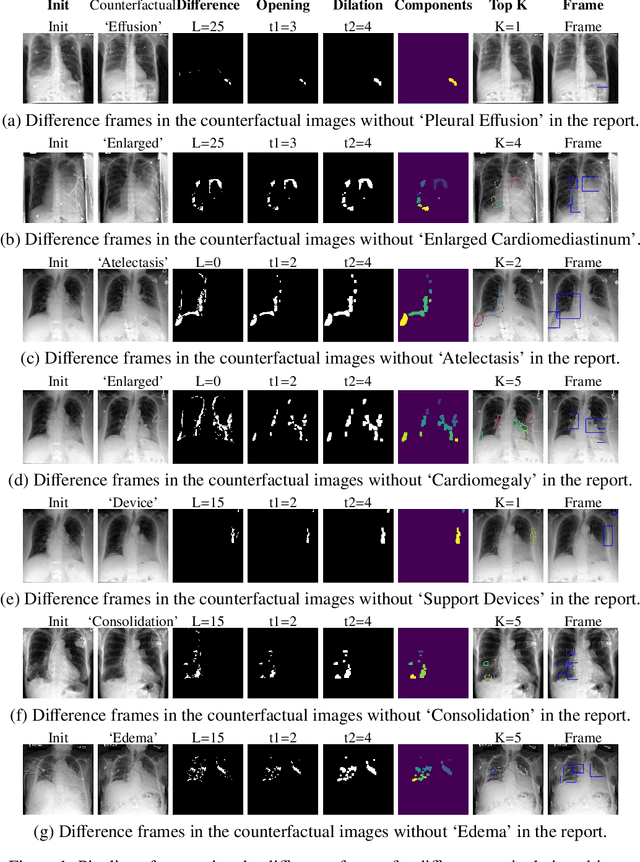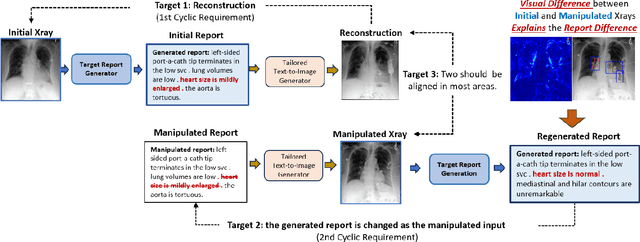Jinda Liu
R-LoRA: Random Initialization of Multi-Head LoRA for Multi-Task Learning
Feb 21, 2025Abstract:Fine-tuning large language models (LLMs) is prohibitively expensive in terms of computational and memory costs. Low-rank Adaptation (LoRA), as one of the most popular parameter-efficient fine-tuning (PEFT) methods, offers a cost-effective alternative by approximating the model changes $\Delta W \in \mathbb{R}^{m \times n}$ through the product of down-projection matrix $A \in \mathbb{R}^{m \times r}$ and head matrix $B \in \mathbb{R}^{r \times n}$, where $r \ll \min(m, n)$. In real-world scenarios, LLMs are fine-tuned on data from multiple domains to perform tasks across various fields, embodying multi-task learning (MTL). LoRA often underperforms in such complex scenarios. To enhance LoRA's capability in multi-task learning, we propose R-LoRA, which incorporates Multi-Head Randomization. Multi-Head Randomization diversifies the head matrices through Multi-Head Random Initialization and Multi-Head Dropout, enabling more efficient learning of task-specific features while maintaining shared knowledge representation. Extensive experiments demonstrate that R-LoRA is better at capturing task-specific knowledge, thereby improving performance in multi-task scenarios. The code is available at https://github.com/jinda-liu/R-LoRA.
Decoding Report Generators: A Cyclic Vision-Language Adapter for Counterfactual Explanations
Nov 08, 2024



Abstract:Despite significant advancements in report generation methods, a critical limitation remains: the lack of interpretability in the generated text. This paper introduces an innovative approach to enhance the explainability of text generated by report generation models. Our method employs cyclic text manipulation and visual comparison to identify and elucidate the features in the original content that influence the generated text. By manipulating the generated reports and producing corresponding images, we create a comparative framework that highlights key attributes and their impact on the text generation process. This approach not only identifies the image features aligned to the generated text but also improves transparency but also provides deeper insights into the decision-making mechanisms of the report generation models. Our findings demonstrate the potential of this method to significantly enhance the interpretability and transparency of AI-generated reports.
 Add to Chrome
Add to Chrome Add to Firefox
Add to Firefox Add to Edge
Add to Edge